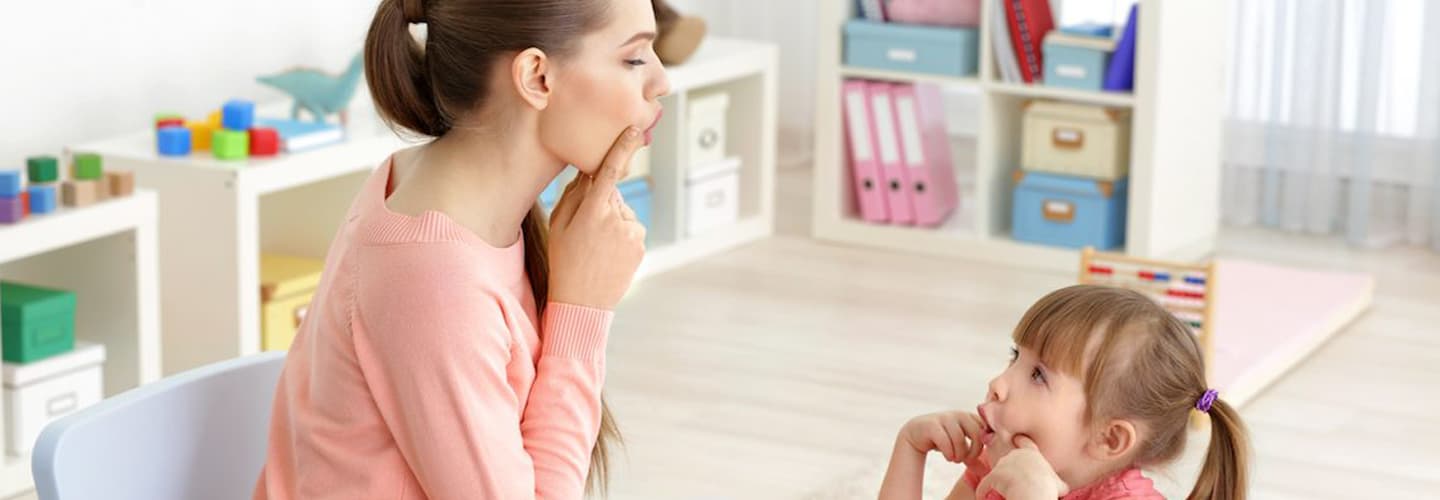
- Young learners
5 academic skills for primary students
In an ever-changing jobs market, the skills we all need to use have developed beyond numeracy and literacy – and part of our jobs as teachers is to give students the skills they’ll need in their future careers.
Primary students preparing to go to secondary school (and then university) will need academic skills too. While there are lots of courses offering to teach these skills to older learners, we can give our younger learners a head start in the classroom.
A breakdown of academic skills
There are a number of important academic skills that can be carried into many different areas of students’ lives. These include:
- time management
- prioritization
- cooperative learning and delegation
- research
- analysis.
Each skill will help students manage their workloads and work effectively and efficiently, whether working in an office, studying for a degree, or being self-employed.
Activities to develop an awareness of academic skills
Here are a few ideas for use with students of all ages, to develop students’ awareness and understanding of these skills.
Time management
For much of the school day, children are told where to be and what to do. However, knowing how to tell the time is not the same as managing time.
Some students underestimate how long an activity will take and then feel cheated or ‘behind’ when their work takes longer (especially fast finishers). Others overestimate the time needed, feel overwhelmed, and want to give up before getting started.
Helping each student understand what each activity involves will help them to plan and manage their time. It will also encourage them to recognize everyone has differing abilities and works at a different pace.
Give each student sticky notes representing 10 minute blocks of time (6 pieces if your classes are in 1 hour segments).
Explain an activity:
- You will read a story, and they will need to listen for key information and make notes.
- After that, they will work in groups to make a Venn diagram.
Next, have the students think about how much time each part of the lesson will take using sticky notes. If they think making the diagram will take 20 minutes, they should put two sticky notes on top of each other.
Have students share what they think the time allocation should be, taking into account how long your lesson is. Did any ‘run out of time’ or have time ‘left over’?
After the activity, ask students how accurate their predictions were and if there was any time wasting.
Let students practice using this type of task analysis throughout the week for different activities, so they begin to see which activities they work quickly through and which they find more time-consuming. This will help students plan and manage their time better.
Also, involve the parents by sharing what has been done in class. Get students to manage the time allocation:
- from waking up to getting to school (getting washed and dressed, having breakfast, the journey to school),
- from arriving home to going to bed (homework, evening meal, any cores, time for watching TV or playing games, getting ready for bed).
How does their time management change at weekends/in the holidays?
Prioritization
Prioritization is another big part of time management. Task analysis helps students recognize what they must do and how they must do it in order to get a good grade. It also helps them understand the things they will most enjoy about an activity.
To teach prioritization, it should become a regular part of the class. At the start of each week list (approximately five) class objectives to be achieved:
- Ask each student to number these objectives - 1 being their top priority, 5 being their lowest. Make a note of which students prioritize the same tasks in the same order to help with grouping.
- Next, ask them if any of the objectives will need planning or preparation (for example; growing cress for a science experiment) – and if so, should that be started earlier in the week?
- At the end of each day, review how the students are doing in reaching the objectives and if they need to reprioritize.
- As the week progresses, add additional items that are not priorities. For example, clean out your school locker/sharpen all the pencils, as well as other new real priorities: revise for the quiz on Friday. This will give students an understanding of how priorities can change.
Collaborative learning and delegation
Delegation and collaborative working are both essential academic and life skills. Thankfully they are already quite familiar topics for students. Students often delegate roles and characters in their everyday play – ‘You be Spiderman, I’ll chase you’, etc.
It’s helpful to encourage this behavior in the classroom too. It can help students (of all ages) to recognize what they can achieve through cooperation and delegation because of their different skills.
Explain that a group project (e.g. a group play) will require students to share information and to work together. Make it clear there are rules to follow:
- Everyone must take part in the performance.
- The play must be at least one minute long.
- The group needs to write a script and create some props.
- As a team, all are accountable/responsible to each other (as well as to you).
- The activity will only be classed as a pass/success if everyone takes part.
There is a finite goal – the play will be performed at the end of next week to the Year 2 classes.
Suggest that the group meets and plans together (reading corner, at lunchtime, etc.). As they prepare, ask for updates on who is doing which tasks and why. Also encourage the group to determine whether something could be done differently/better by sharing the jobs.
Listen in to see how objections are handled (recognize some of this discussion may be in the students’ first language).
At the end of the project ask each student to list what they enjoyed the most and what they found most challenging. Ask them what skills they would like to develop for the next project.
Research and analysis
This can sound daunting for Primary students, but laying the foundations for academic research is easier than you might think.
Big questions are a gateway to developing research and analysis skills. Two examples are, 'Why are plants and animals important in our world?' Or 'What can you do to help people in need?'.
Providing students with a way to remember the important steps in any kind of research makes this type of activity less daunting.
'Hands On’ is a five point guide that can be demonstrated by drawing a hand with five fingers:
- Hypothesis
- Research
- Gather data
- Create a report
- Present evidence
- Research and analysis (written on the palm).
Following the five point guide students must:
- give their thoughts and ideas on possible answers (create a hypothesis)
- use books, the world around them and the internet to find information (research)
- learn how to recognize what is fact and what is opinion (gather data)
- review the data and summarize the main points (create a report)
- use examples from their research to support their argument (present evidence).
Any research needs to be methodical; using the five points above helps students build a clear structure that can become more detailed and complex as they advance through school.



